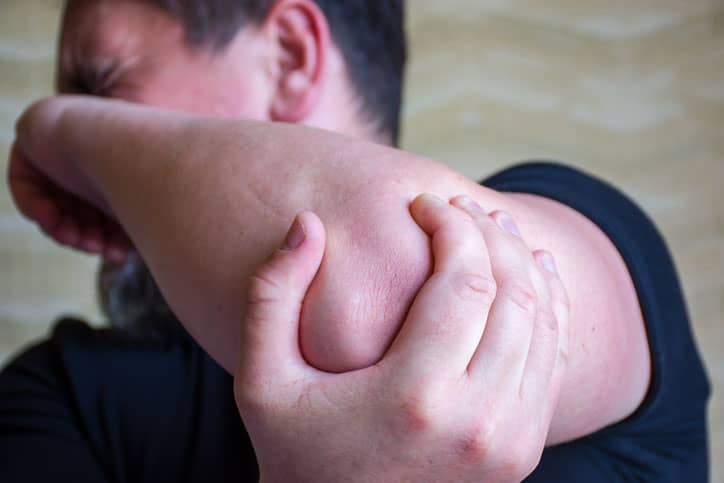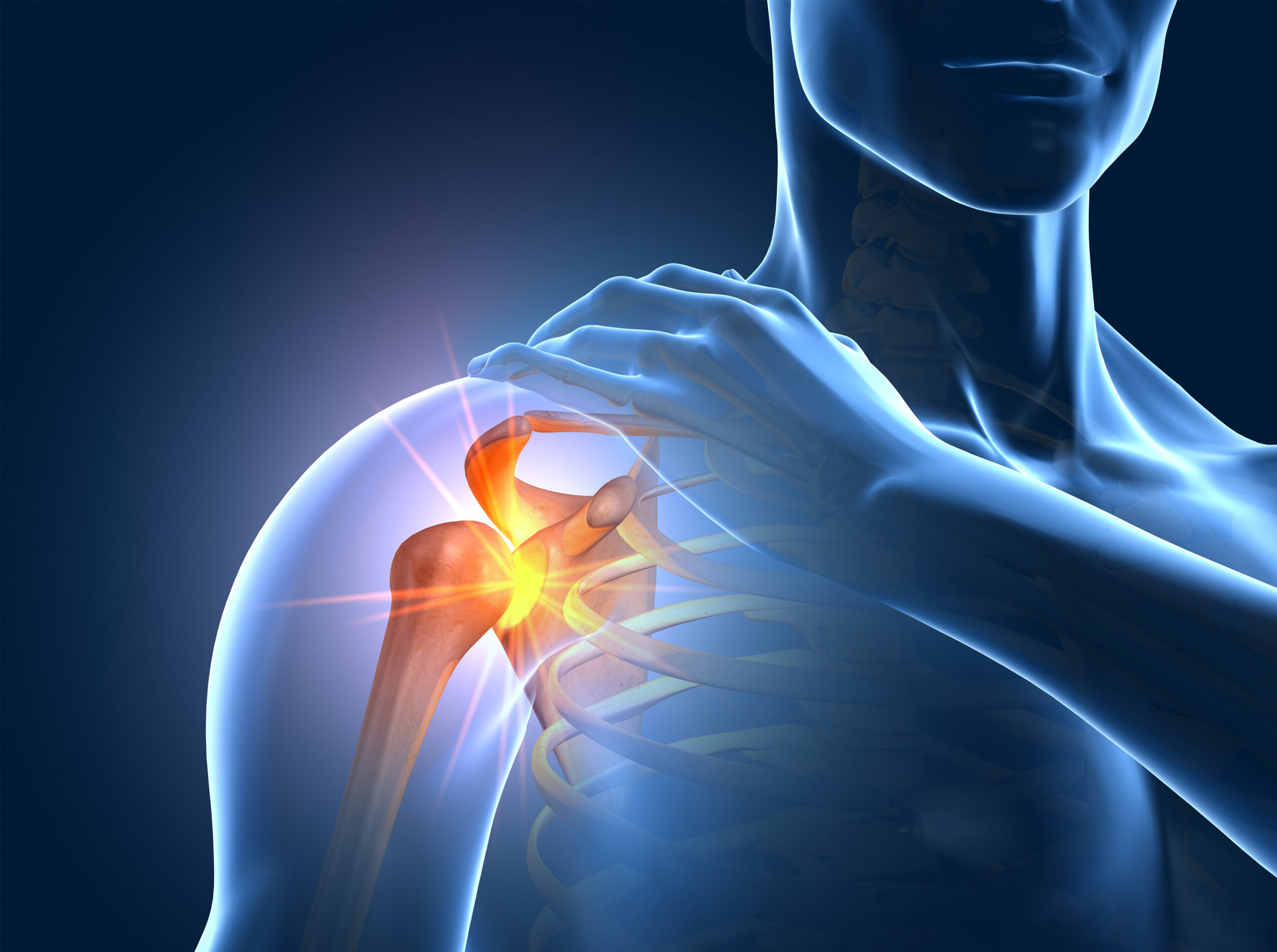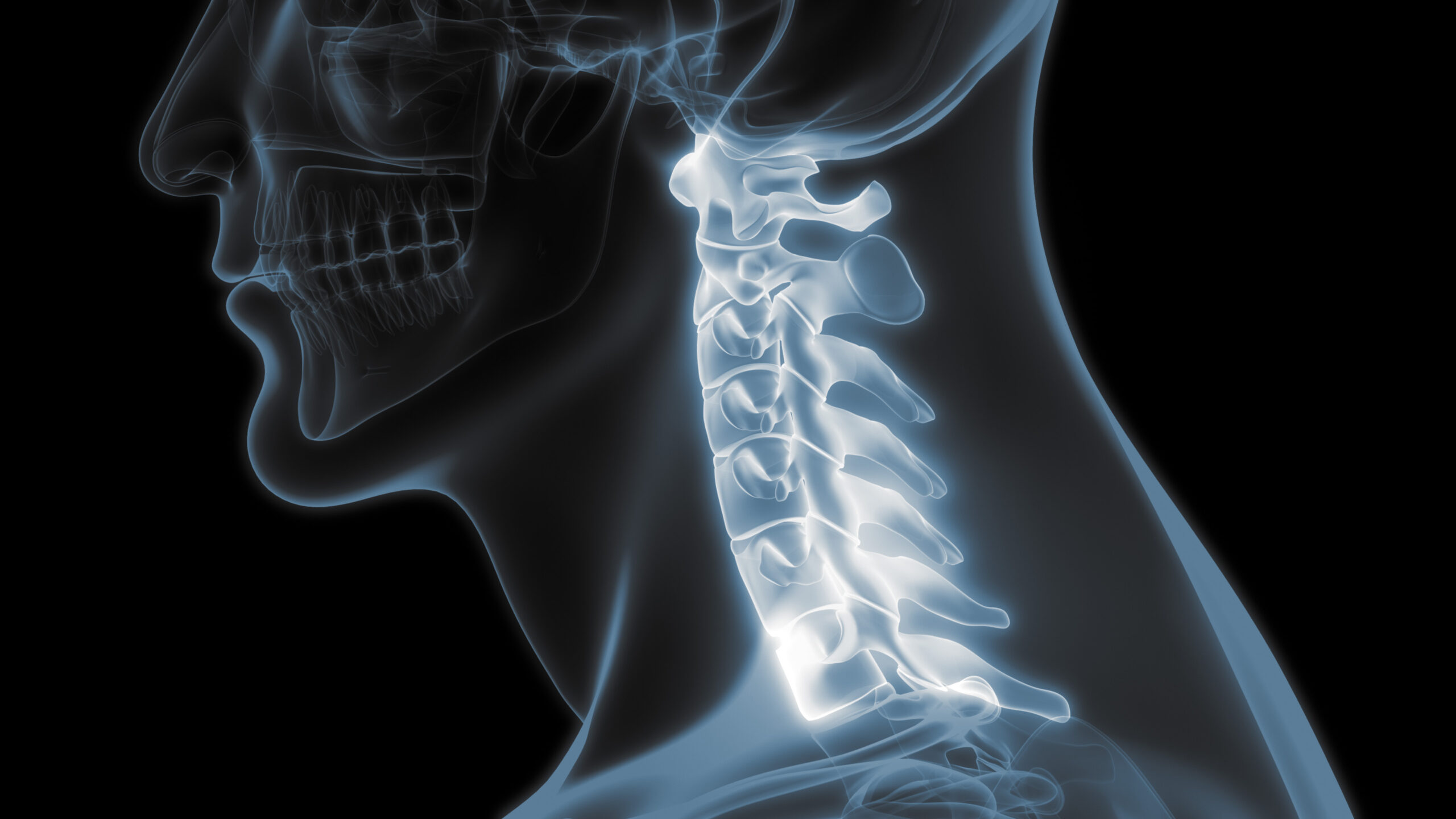Cubital Tunnel Syndrome Symptoms & Treatment with Dr. Jeffry T. Watson
Welcome to a Medical Minute segment with Dr. Jeffry Watson, Orthopaedic Hand Surgeon at Colorado Springs Orthopaedic Group as he discusses Cubital Tunnel Syndrome and the treatment options available.
What is the difference between Cubital Tunnel Syndrome and Carpal Tunnel Syndrome?
Both Cubital Tunnel Syndrome and Carpal Tunnel Syndrome involve nerve compression. Carpal Tunnel Syndrome is median nerve compression and can occur where the median nerve goes through the ‘Carpal Tunnel’ in the wrist. Cubital Tunnel Syndrome is when the ulnar nerve—commonly known as the “funny bone”—is compressed. The ulnar nerve is one of the three main nerves in your arm and can be constricted in many places between your neck to your hand. However, the most commonplace for nerve compression is by your elbow. Pressure on the ulnar nerve causes symptoms of numbness, and tingling in the hand, specifically on the pinky and part of the ring finger. Other symptoms including aching and a weak grip.
What are the treatment options for Cubital Tunnel Syndrome?
Often, there is not a specific cause of Cubital Tunnel Syndrome and many patients will develop it naturally. Patients can develop symptoms from sleeping with their elbows flexed. Often Cubital Tunnel Syndrome can go away with the conservative treatment option of wearing a night splint. However, if a patient is getting and staying numb or having any muscle changes, then surgery may be required to relieve the pressure on the nerve.
What surgery options are available for Cubital Tunnel syndrome?
Ulnar nerve decompression (also known as ulnar nerve transposition) is a surgical treatment option for Cubital Tunnel Syndrome. This surgery relieves the pressure on the ulnar nerve. To do this, an incision is made on the backside of your elbow and the nerve is moved from the back to the front of your elbow. This new nerve placement takes the external compression and tension off the nerve and allows for better local blood flow to the nerve.
What is the recovery time for an ulnar nerve decompression?
After ulnar nerve decompression surgery, a patient may have some swelling, soreness, and bruising around the elbow that may limit the movement and use of the arm. A patient will be able to perform basic daily household activities such as cooking or getting dressed but will be limited from performing any strenuous activities for about a month after surgery. This includes any activities that involve vigorous pushing, pulling, or throwing.
What happens if you do not treat Cubital Tunnel Syndrome?
If a patient does not treat Cubital Tunnel Syndrome and the nerve is under enough pressure for a long period, it can undergo scarring on the inside of the nerve. This can cause long-term numbness or can weaken the muscles in the hand that the nerve controls. If too much time has passed, even with surgical treatment to remove the pressure, the numbness may not go away, therefore we recommend seeking professional advise sooner rather than later.
Our Hand & Upper Extremity Physicians

Jeffry T. Watson MD
Dr. Watson’s clinical interests include adult and pediatric conditions of the upper limb, such as arthritic and post-traumatic reconstruction, microvascular surgery, and treatment of complicated fractures.

Dale Cassidy
MD, MBA
Dr. Cassidy is a fellowship-trained orthopedic surgeon specializing in conditions affecting the hand and upper extremity, and in orthopedic trauma.



